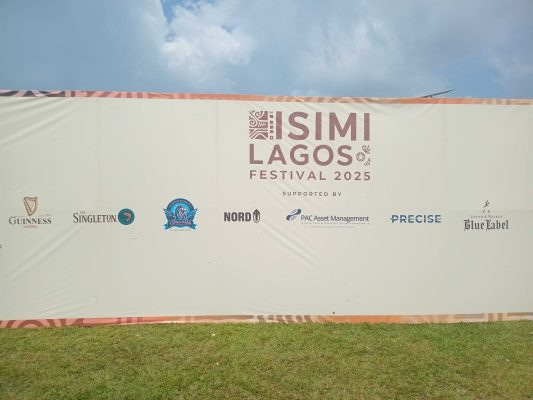The average cost of preparing a pot of jollof rice in Nigeria has increased to ₦27,527.85, according to a new report by SBM Intelligence.
The report, released on Wednesday, showed that the price rose by 153 per cent between March 2023 and June 2025.
According to SBM, the increase is affecting all major ingredients including rice, protein, pepper, onions and vegetable oil.
“From late 2023 through mid-2025, the Index recorded a dramatic surge, with the national average cost of preparing a pot of jollof rice rising by 153 per cent between March 2023 and June 2025, reaching ₦27,527.85,” the report stated.
The report titled The SBM Jollof Index Q2 2025: The Crushing Cost of a Pot said food inflation is now moving differently from the country’s overall inflation trend, which shows deeper problems in the food supply system.
Abuja records sharpest increase.
In Abuja, the cost of jollof rice rose from ₦4,095 in 2016 to ₦32,125 in June 2025. The increase became more serious after 2021, as prices doubled between 2021 and 2023.
“This period aligns with substantial inflationary pressures across Nigeria and, specifically, Abuja. In July 2016, Nigeria’s annual inflation hit 17.1 per cent, an eleven-year high. By April 2025, Abuja recorded a notable all-items inflation rate of 32.9 per cent year-on-year,” the report noted.
SBM said the main causes of the increase include the removal of fuel subsidy and changes in foreign exchange, which have reduced the purchasing power of many Nigerians.
Bauchi and other regions also affected
In Bauchi, the average cost rose from ₦5,700 in 2019 to ₦41,050 in June 2024.
“This dramatic price escalation, particularly pronounced from 2022 onwards, reflects severe cost pressures in the northern region, exacerbated by logistics and insecurity challenges,” the report said.
Bauchi also saw a month-on-month inflation increase of 4.85 per cent in May 2025, which is higher than the national inflation rate of 22.97 per cent recorded in the same period.
In Kano, the index increased from below ₦5,000 in mid-2016 to nearly ₦29,300 by May 2025. However, climate change did not significantly affect food prices in the area.
In the Southeast, the price moved from ₦4,120 in 2016 to ₦21,588 in June 2024, and then dropped slightly to ₦20,500 by June 2025. SBM said there were steady increases with major jumps in 2021 and 2023.
The South-South region, especially Calabar and Port Harcourt, also experienced sharp increases from ₦5,610 in 2019 to ₦32,633 in 2024. The report noted that port access and inter-regional trade are major factors driving this trend.
In Lagos, Balogun Market recorded the highest price in the Southwest at ₦23,591 in June 2025.
Food inflation still a concern
Data from the National Bureau of Statistics (NBS) shows that Nigeria’s headline inflation dropped slightly to 22.22 per cent in June 2025 from 22.97 per cent in May.
Food inflation dropped from 40.87 per cent in June 2024 to 21.97 per cent in June 2025.
SBM advised the government to focus on fixing insecurity, improving infrastructure and supporting agriculture to reduce food prices across the country








